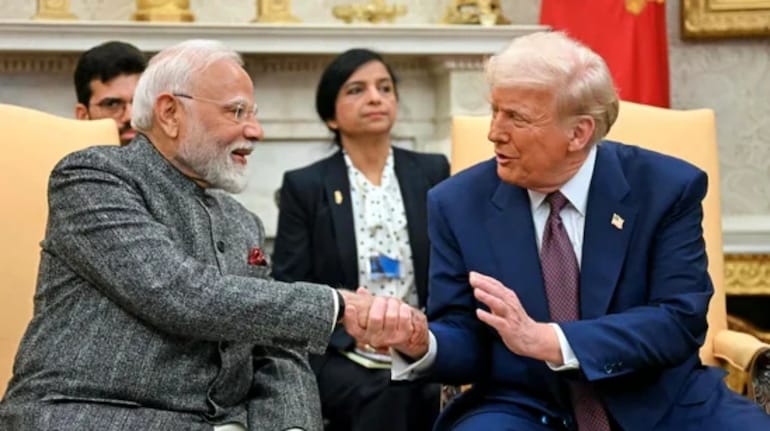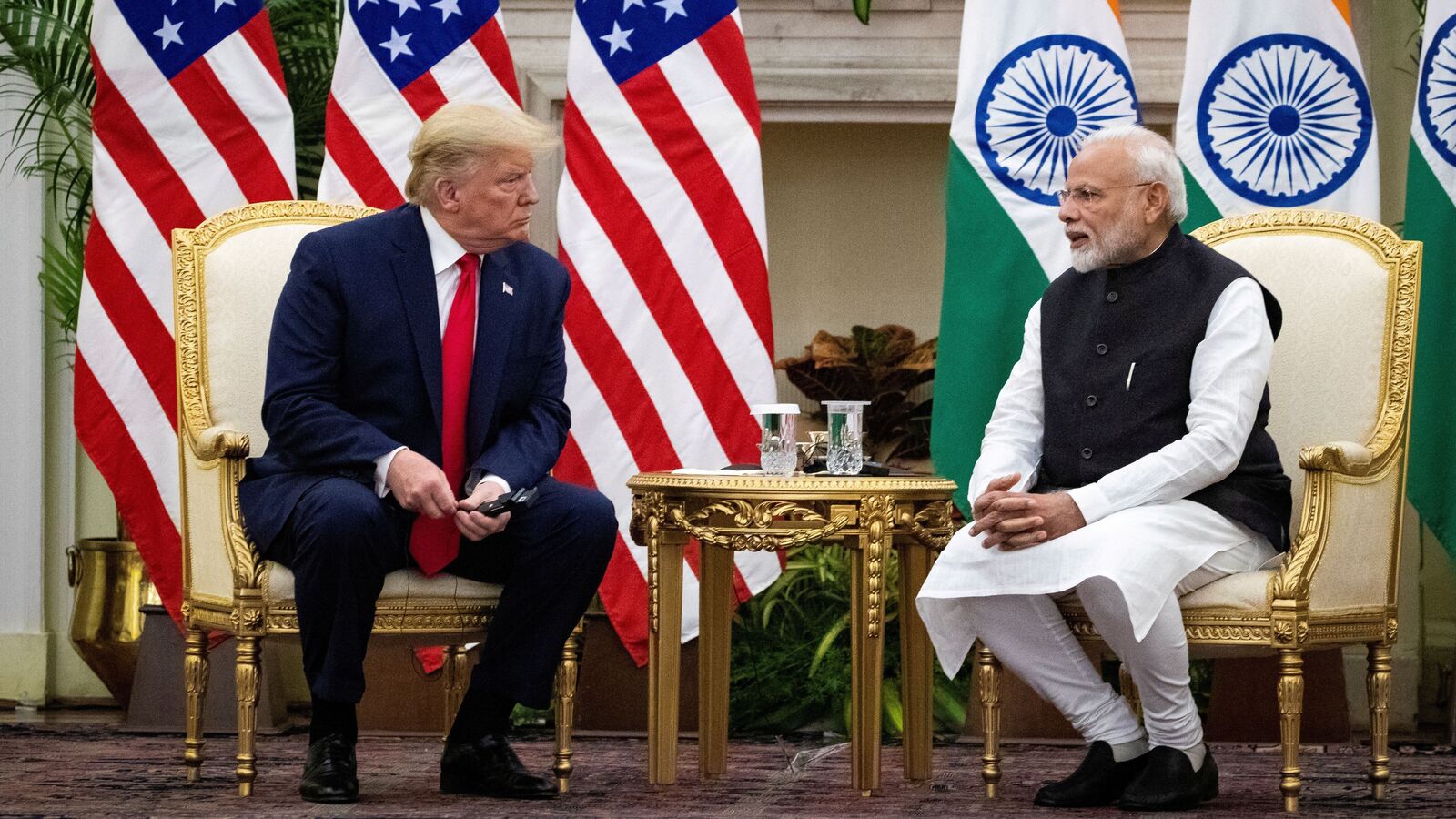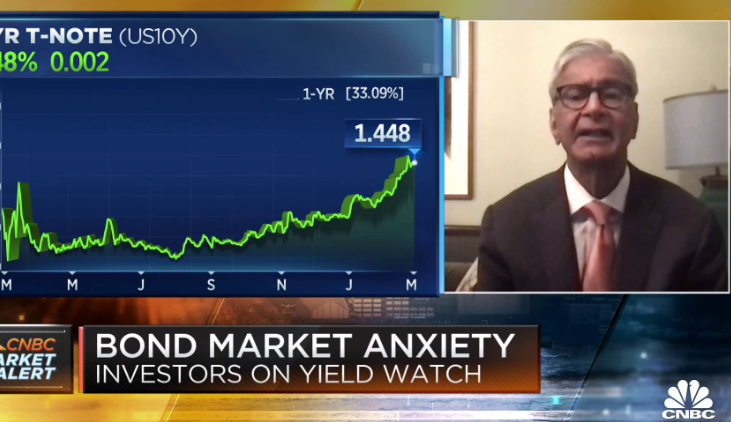India and the United States have agreed to extend their timeline to finalise a bilateral trade agreement, pushing the original 9 July deadline to the end of the month, a report by The Mint said on Wednesday. The extension comes as President Donald Trump, while rolling out tariff announcements for select countries, confirmed that retaliatory duties will come into effect starting August 1st.
While 14 countries have already received formal notifications from the U.S. President outlining revised tariff structures following a 90-day pause, India is notably absent from that list and is not expected to receive such a letter, the people cited said on condition of anonymity.
The terms of the potential agreement with India—cleared by the U.S. Trade Representative (USTR)—are currently pending final approval from President Trump. Meanwhile, Indian negotiators are proceeding with caution, determined not to rush into a deal resembling the recently concluded pact between the U.S. and Vietnam, the report added.
Understanding the Trade Deal Extension
The extension of the trade deal deadline signifies the commitment of both India and the US to reach a mutually beneficial agreement that addresses the concerns of various stakeholders. By pushing the deadline to July 31, both countries have created more time to iron out any remaining differences and finalize the terms of the trade deal.
Key Issues in the Negotiations
One of the main sticking points in the negotiations between India and the US has been the issue of tariffs on certain goods. Both countries are looking to find a middle ground that allows for fair and equitable trade while protecting the interests of their respective industries. Additionally, discussions on intellectual property rights, market access, and investment regulations are also on the agenda.
Impact on Bilateral Relations
The extension of the trade deal deadline reflects the importance of the economic relationship between India and the US. Both countries are keen on expanding their trade and investment ties to unlock new opportunities for growth and prosperity. A successful trade deal would not only benefit businesses and consumers in both countries but also strengthen the overall bilateral relationship.

Steep Tariff Announcements
According to an executive order signed by Trump on Monday, the U.S. will implement new reciprocal tariffs from 1 August for a list of countries: Japan (25%), South Korea (25%), South Africa (30%), Kazakhstan (25%), Laos (40%), Malaysia (25%), Myanmar (40%), Tunisia (25%), Bosnia and Herzegovina (30%), Indonesia (32%), Bangladesh (35%), Serbia (35%), Cambodia (36%), and Thailand (36%).
The sharpest duties—40%—will apply to Laos and Myanmar. Thailand’s tariff remains at 36%, unchanged from the April 2 announcement. Cambodia’s duty has been lowered from 49%, Bangladesh’s from 37%, while Indonesia’s 32% remains constant. Malaysia’s rate has been raised slightly to 25%. Japan and South Korea are also set to face 25% tariffs.
“Updated tariff letters for additional countries will be released in the coming days and weeks,” White House Press Secretary Karoline Leavitt said on Monday.
Until the trade agreement with India is finalized, the current tariff structure will stay at 26%—made up of a 10% base duty and an additional 16%, according to the second source. “We are optimistic that the deal can be concluded by next week, or at the latest, before 31 July,” the person said.
“We want a deal—not a steal,” the individual added, referring to Vietnam’s agreement with the U.S., which still includes a 20% tariff despite a longstanding free trade pact between the two nations.
Experts Warn of Imbalanced Deals
Trade analysts caution that the emerging agreement with India may reflect more pressure than genuine give-and-take, as President Trump pushes for concessions without offering corresponding benefits.
“These are not reciprocal deals—they are deals under duress,” said Ajay Srivastava, co-founder of the Global Trade Research Initiative (GTRI).
“Trump’s trade strategy sidesteps traditional free trade agreements. It involves demanding tariff cuts and purchase commitments from partner countries, without the U.S. offering similar concessions, essentially making the process one-sided,” he explained.
Srivastava added that even finalized deals offer limited certainty: “The recent 10% tariff threat against BRICS nations over so-called anti-American policies illustrates just how volatile and politically driven U.S. trade policy has become.”
The Road Ahead
As the negotiations continue, it is essential for both India and the US to remain committed to finding common ground on key trade issues. By working together in a spirit of cooperation and mutual understanding, both countries can pave the way for a more robust and sustainable trade relationship. The extension of the deadline to July 31 provides a valuable opportunity for further dialogue and engagement to reach a comprehensive trade deal that serves the interests of all parties involved.
Conclusion
In conclusion, the decision to push the trade deal deadline to July 31 underscores the dedication of India and the US to reaching a mutually beneficial agreement that enhances their trade relations. By addressing key issues through ongoing negotiations, both countries are paving the way for increased economic cooperation and shared prosperity. As the deadline approaches, it is crucial for both sides to continue their dialogue and work towards a successful outcome that benefits businesses, consumers, and the overall bilateral relationship.
SEO Meta-Description: India and the US have extended the trade deal deadline to July 31, reflecting their commitment to reaching a mutually beneficial agreement. Stay updated on the latest developments.
Overall Word Count: 420




